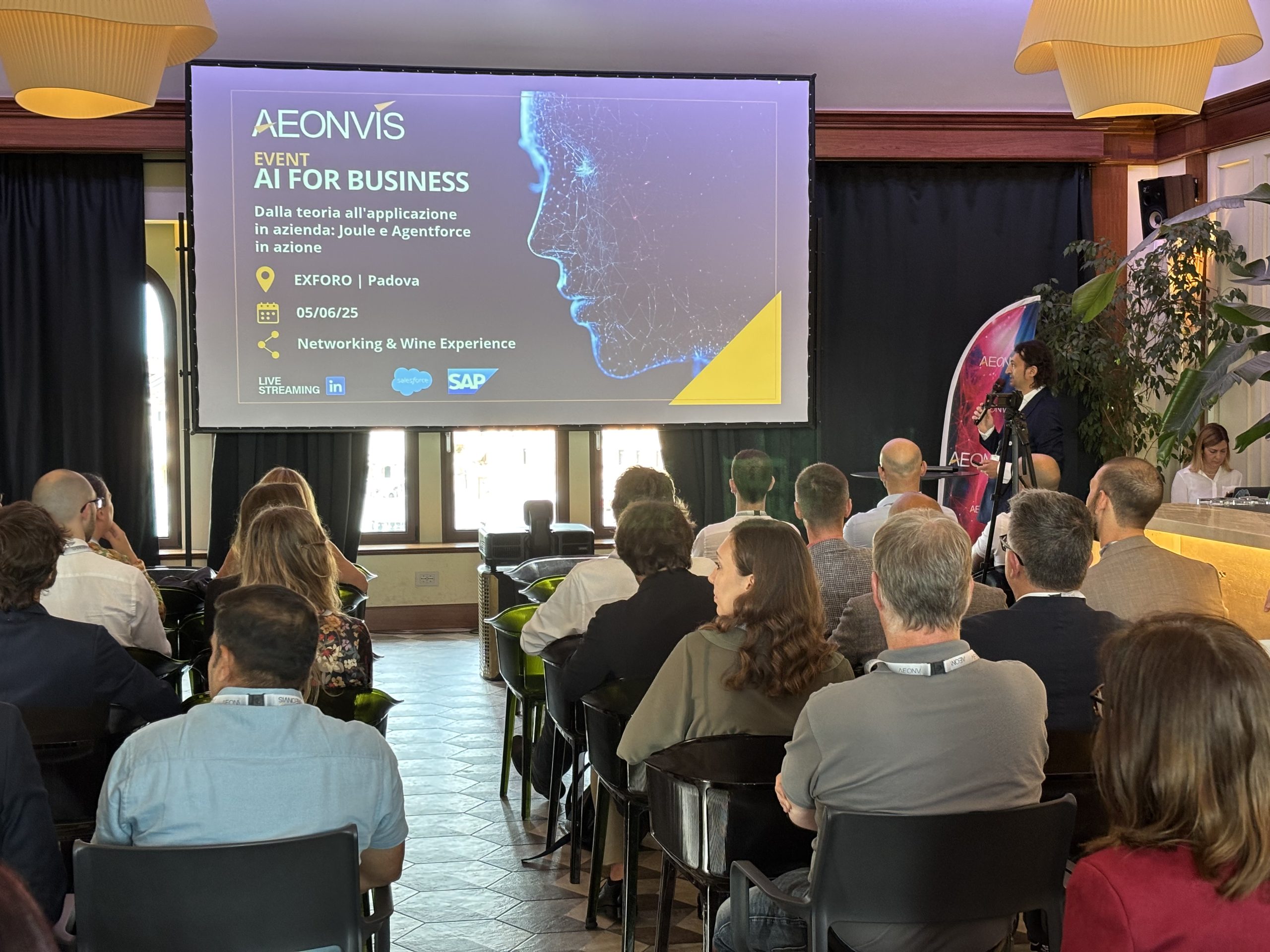We talk daily about digital transformation or rather we live it constantly. In our previous articles dedicated to Digital Tranformation, the topic is increasingly heard for all companies that intend to face change and to do so need to look to the future with positivity and strategic planning. The main actor always remains the customer, the only one who needs to have an experience that makes a difference in order to choose the company because, needless to deny it, the competitive advantage of any organization is and remains the customer experience. By virtue of this strong change, let us discover together how the customer experience could be improved through technology.
Digital transformation and customer experience: the importance of data and design
Well, yes: in order to make the case for a high customer experience, digital transformation must take action to improve it. How? There are two elements to consider:
- Data
- Design
Digital transformation and customer experience: data at the center

Data and information available to the company are the most important assets for aiming for success with the customer. Today it is possible to collect a great deal of information directly from customer and user behavior, online and offline. Just think of all the information from website navigation, newsletters, social media, live chats, and chatbots. Every day, in fact, millions of behavioral and attitudinal data are produced and made available to companies-a gold mine for plumbing the customer’s life. And that’s when knowing how they interface, how they behave, allows you to create experiences that can mold to the individual customer. Knowing the “customer journey” with respect to the brand and mapping it with the customer journey map is critical to maximizing opportunities for conversion and retention of each individual contact. The goal is not to preside over all channels with an un-personalized approach but to choose to be there where customers want to be contacted. A strategy, this one, to capture valuable data, investing in building a better customer experience that leaves no room for interpretation but rather leads to the achievement of the desired goal.
Digital transformation and customer experience: planning and design
And while data is the starting point for the customer study, design thinking and subsequent planning are necessary in order to define the formulation of intervention hypotheses to improve the offering. In order to get the most out of data, it is important to analyze it consistently and in a timely manner and formulate solutions to implement. The approach should be that in the testing formula. Each intervention should be subject to constant analysis and testing to allow for continuous modification and improvement. And there it is that in traditional marketing, but also in the age of digital transformation, listening to the customer is the key to the development of any successful intervention.
Digital transformation and customer experience: the importance of the team

Digital transformation, as mentioned so far, should always be thought of with the goal of improving the customer experience and increasing the customer lifecycle. Therefore, it is not enough to think about acquiring a new customer, but it is important to retain them over time. Knowing how to align the construction of the customer experience with the introduction of innovative digital tools is the first step in looking to the future. The data bear this out: digital transformation and attention to customer experience can generate a 20 to 30 percent increase in customer satisfaction with 20 to 50 percent growth in profits(McKinsey). Too often we still work in separate silos, with inevitably “biased” departmental databases and strategies. Reason why in order to approach digital transformation effectively and correctly, it is essential for the company to have competent and trained resources at its disposal. Therefore, companies should focus on the team and promote a corporate culture that is entirely oriented toward the customer experience.
Digital transformation and customer experience: the tools of digital transformation

Talking about digital transformation today means referring to a wide range of tools and possibilities available to companies. Areas of application include in particular: 1.Automation: through marketing automation it is possible to automate certain operations upon activation of a condition set as a rule. 2.Tracking and data acquisition: CRM, customer data platform, website and social media analytics: all this information is collected, integrated and processed to know the customer and understand their needs, but also to find new customers to target. 3.Forecasting: artificial intelligence and machine learning, from the available data, can identify trends, highlight patterns, and learn from customer behavior, producing reliable and concrete projections. Emerging technologies, such as artificial intelligence, machine learning and the Internet of things, serve as powerful allies in elevating the customer experience. When employed thoughtfully and focused on the end user, these technologies enable an unprecedented level of personalization and interaction. Ultimately, when we adopt a customer-centric perspective in the use of these tools and technologies, we not only move closer to the expectations of the modern customer, but also build stronger, longer-lasting relationships. The true value of these resources emerges as they are integrated into a business ecosystem that places the customer at the heart of every initiative.
Conclusions
A company’s digital transformation becomes meaningful only when the customer is at the center of this evolution. In short, digital transformation becomes authentic only when it results in tangible improvement for the customer. By putting him or her at the center of every initiative, companies can build stronger relationships, increase loyalty and maintain a leading position in an increasingly competitive market. The key is to create a digital ecosystem that evolves around the customer’s own needs and expectations. This means one thing and one thing only: digital transformation does not destroy but creates, it is openness, it is change, it is growth and success for companies that decide to adopt it and reap its benefits. For us at #ArtmaticaPartners, digital transformation means the ability to unearth new and always possible solutions, placing methodology and strategy in a leading position capable of creating possibilities sewn on the customer, always new, every day.










